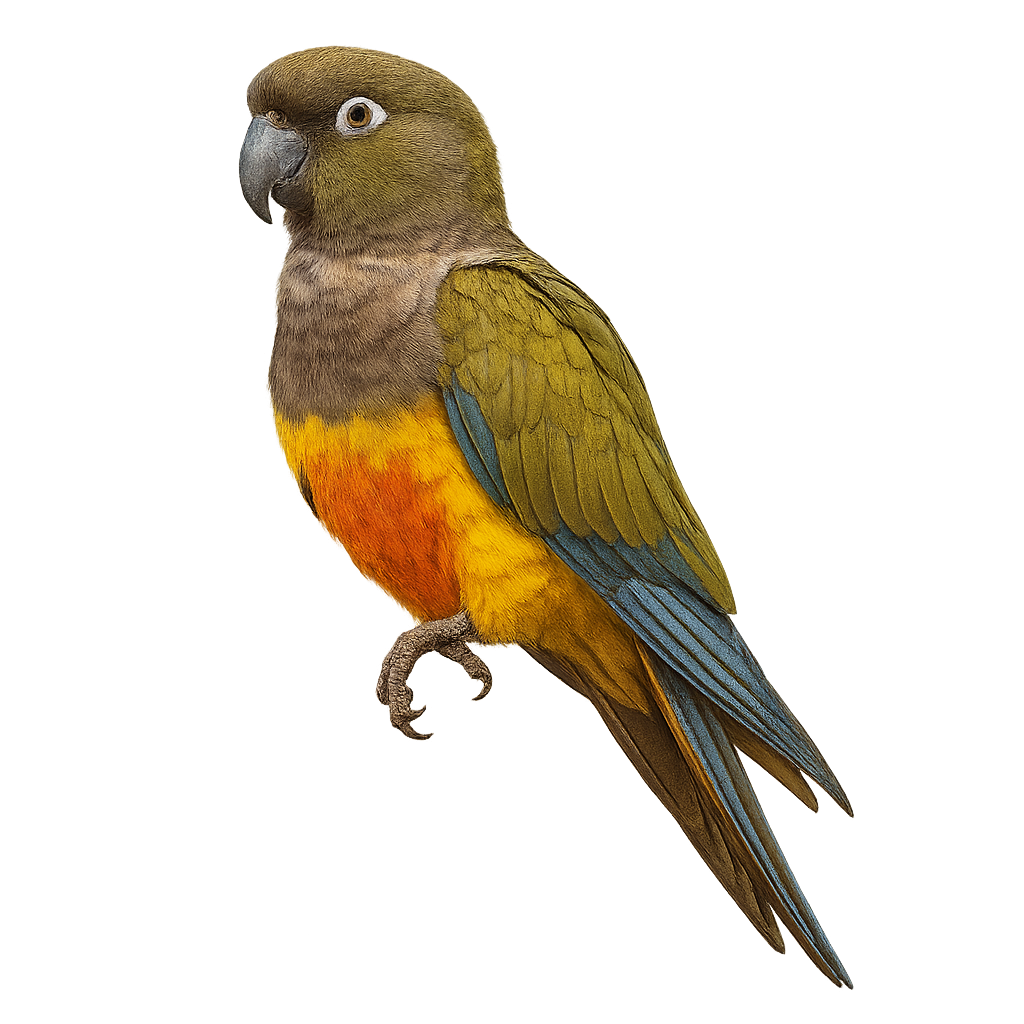Your wildlife photography guide.
Explore the burrowing parrot in detail, study its behavior, prepare your shots.
Where to observe and photograph the burrowing parrot in the wild
Learn where and when to spot the burrowing parrot in the wild, how to identify the species based on distinctive features, and what natural environments it inhabits. The WildlifePhotographer app offers tailored photography tips that reflect the burrowing parrot’s behavior, helping you capture better wildlife images. Explore the full species profile for key information including description, habitat, active periods, and approach techniques.
Burrowing Parrot
Scientific name: Cyanoliseus patagonus

IUCN Status: Near Threatened
Family: PSITTACIDAE
Group: Birds
Sensitivity to human approach: Suspicious
Minimum approach distance: 10 m
Courtship display: October to November
Incubation: 23-25 jours
Hatchings: October to December
Habitat:
Shrub steppes, cliffs, savannas
Activity period :
Primarily active during the day, with peak activity in the morning and late afternoon.
Identification and description:
The Burrowing Parrot, Cyanoliseus patagonus, is a medium-sized parrot native to the arid regions of Argentina and Chile. It is distinguished by its predominantly olive-green plumage, with shades of yellow and blue on the wings and head. Its belly features a characteristic reddish hue. These birds live in colonies and are known for digging burrows in cliffs for nesting. Their diet mainly consists of seeds, fruits, and flowers. Although they are sociable among themselves, they can be wary of humans. Their population is stable, but some subpopulations are threatened by habitat loss and illegal capture.
Recommended lens:
400 mm – adjust based on distance, desired framing (portrait or habitat), and approach conditions.
Photography tips:
To photograph the Burrowing Parrot, it is advisable to use a 400mm lens or longer to capture detailed images without disturbing the bird. Look for colonies on cliffs where these birds nest. The best times to observe them are early morning or late afternoon when they are most active. Be patient and discreet to avoid scaring them away. Use a tripod to stabilize your camera and achieve sharp images, especially in low light conditions.
The WildlifePhotographer App is coming soon!
Be the first to explore the best nature spots, track rutting seasons, log your observations, and observe more wildlife.
Already 1 430 wildlife lovers subscribed worldwide

